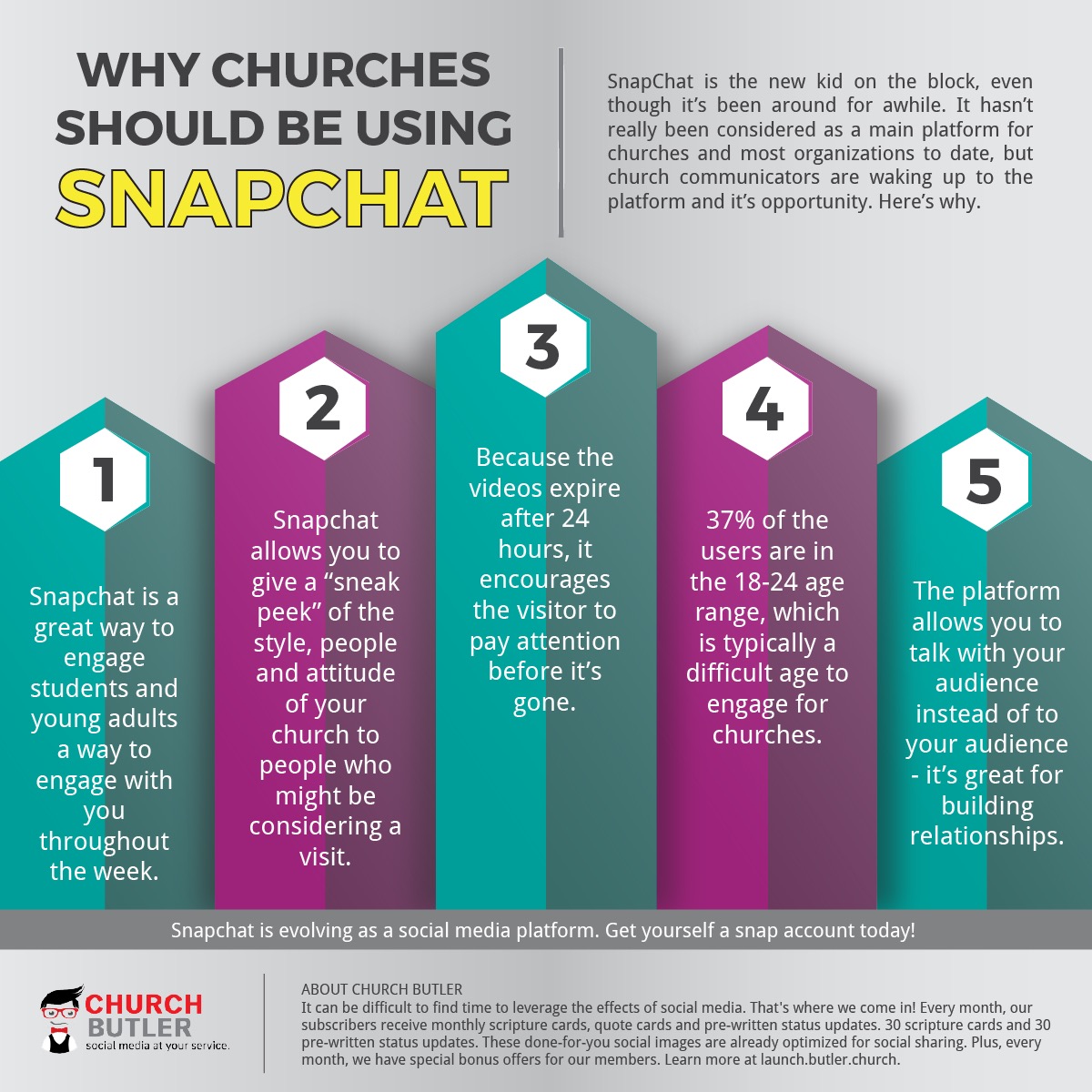The Development Of Church Music - From Gregorian Incantations To Contemporary Praise

https://allsaints-pas.org/history/ -Williamson Lynn
The background of church music is tightly connected to the background of religious beliefs. Till the high Middle Ages, the only kind of music that was taken into consideration spiritual was monophonic incantation.
Unison chanting was the primary tradition up until musicians started to explore polyphony-- songs in which greater than one part is sung at the same time. This development was not without debate.
Gregorian Chants
Gregorian incantations are the structure of Christian liturgical songs. Usually, the exact same melody is repeated for various messages throughout a solution and can be used to illustrate the text's mystical and spiritual message. Lots of Gregorian tunes are similar to Hebrew synagogue melodies. A few Gregorian melodies have come to be prominent secular tunes, including the Renaissance song "Religious woman bitten wir den heiligen Geist."
Gregorian chants are monophonic, and also they do not utilize consistency, however they do utilize drones, a musical strategy in which one note is held for a prolonged amount of time. They additionally do not have exact rhythms, yet they do include a ternary form and also often consist of an incipit (beginning) as well as tempos (ending). Gregorian incantations were established at the time of the Frankish kings' attempt to link their kingdom under a solitary Roman celebration and chant. The most well-known Gregorian incantations are the Responsorial psalms as well as the Antiphons. These are accompanied by complimentary melodies called tropes that highlight the text's meaning.
Hymns
The verses of a hymn need to be poetic, with a clear, rational development resulting in a solid, decisive climax. They will certainly not wander right into peripheral throughts for a rhyme or rhythm. The tunes of a hymn must recognize, to ensure that they can be quickly found out as well as sung.
A classic hymn has a strophic type, with several brief knowledgeables sung to the same tune. This permits congregational vocal singing and also assists to present the narrative arc of the tune. Traditional hymns have a refrain, although there are some without one.
In the 16th century, Renaissance polyphony overshadowed Gregorian shout for a time, McDonnell claims. But with liturgical reforms ensuing in the 20th century, Gregorian incantation was restored, Black adds.
Scripture Songs
Gregorian chant and various other Western church songs are rooted in old times when individuals automatically got into tune to reveal their emotions. This practice can be seen in scriptural accounts of events such as the tune of event led by Miriam complying with a divine wonder when she split the Red Sea, and also the spontaneous ode pneumatikos sung by Mary after becoming pregnant with Jesus.
Throughout the 2nd Great Awakening in the 1800s, Protestant denominations began to grow rapidly and also a lot of them utilized music to connect their faith. Charles Wesley and also Isaac Watts created hymns that were incredibly popular, as well as African American slaves developed a style of songs known as spirituals.
These African American religious songs included elements of individual and blues music, yet they additionally kept a deep spiritual pathos. When https://www.leadertelegram.com/ap/national/today-in-history/article_f9ec21c7-be87-5bec-8303-875d2089fa32.html merged with black church music that emerged from the Sanctity motion, which highlighted individual devotion, scripture tracks were birthed. They tended to have a refrain and were usually at a quicker pace than hymns.
Contemporary Prayer
When it concerns modern prayer, every church does things a bit differently. While several churches use a variety of designs, many are rooted in modern sorts of music with a strong influence from pop culture.
These styles are frequently based on tools like acoustic guitars and easy choruses. They are developed to democratize congregational singing so more individuals can participate. The genre has advanced from the folk guitars of the 1970s to even more acoustic string and also woodwind instrumentation.
Yet while the pounding kick-drums of the current Mumford as well as Sons track could seem more in tune with modern culture, there are other designs that can be more theologically focused and also musically advanced. As an example, hymns with a noticeably doctrinal lyrical focus blending traditional rhythms as well as instruments have begun to emerge recently. The pattern is motivating as well as one that might ultimately bring Gregorian incantations back into the mainstream of modern prayer. The crucial thing is not to produce a duality in between design and substance.

